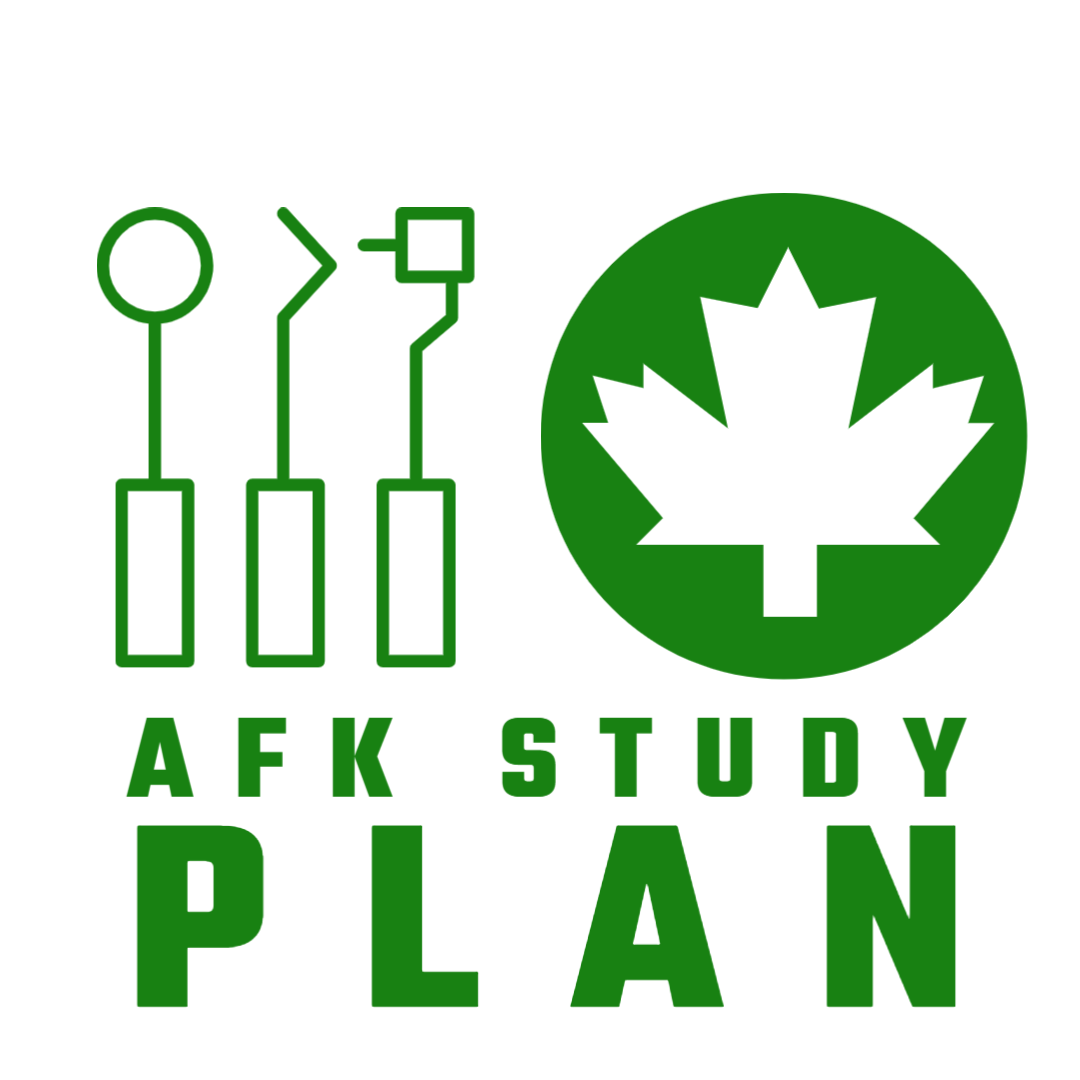AFK Weekly newsletter 2
In just 30 minutes, you will get some really important concepts for AFK.
-
Explain the answers in details.
-
Quick recap for the whole concept.

#Pathology
1-During a cytological smear, fungal hypha was
observed. You prescribe Nystatin for 2 weeks; during
the follow up appointment, the patient returns with
edematous red mucosa. Further management is to:
◯ a. Give nystatin for another 15 days.
◯ b. Biopsy
◯ c. Observe
◯ d. run laboratory tests
1-During a cytological smear, fungal hypha was observed. You prescribe Nystatin for 2 weeks; during the follow up appointment, the patient returns with edematous red mucosa. Further management is to:
◯ a. Give nystatin for another 15 days.
◯ b. Biopsy
◯ c. Observe
◯ d. run laboratory tests
#Anatomy
2-during the embryological development process,
failure of the maxillary process to fuse with the
mandibular process will result in:
◯ a. Commissural lip pits
◯ b. nasolacrimal groove
◯ c. cleft palate
◯ d. palatal shelves
2-during the embryological development process, failure of the maxillary process to fuse with the mandibular process will result in:
◯ a. Commissural lip pits
◯ b. nasolacrimal groove
◯ c. cleft palate
◯ d. palatal shelves
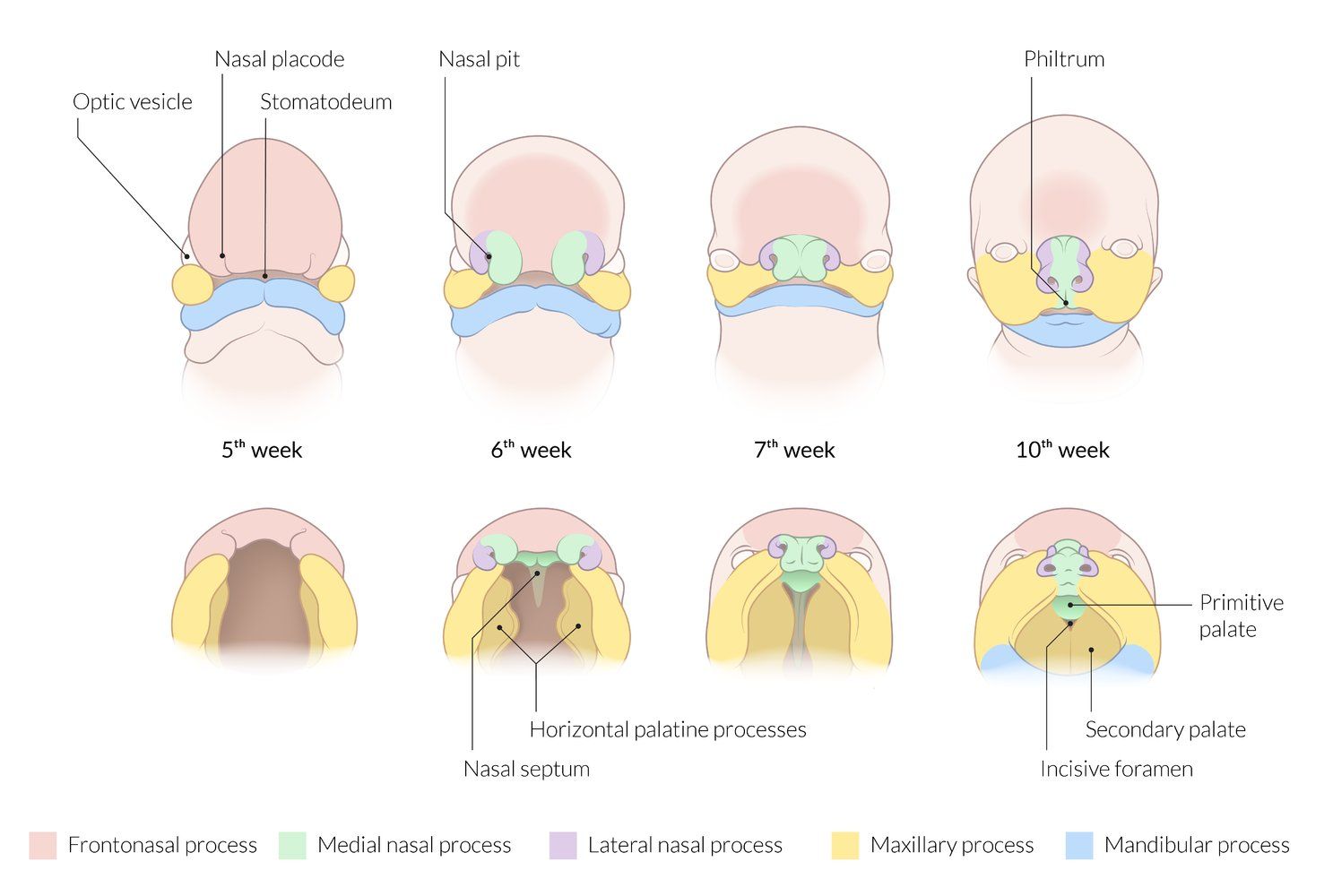
#Periodontology 3-What is the clinical attachment loss for a patient with
a pocket depth of 8mm and a gingival margin lying 3
mm coronal to the CEJ:◯ A. 5mm
◯ B. 11mm
◯ C. 7 cm
◯ D. 8 mm
◯ A. 5mm
◯ B. 11mm
◯ C. 7 cm
◯ D. 8 mm
◯ B. 11mm
◯ C. 7 cm
◯ D. 8 mm
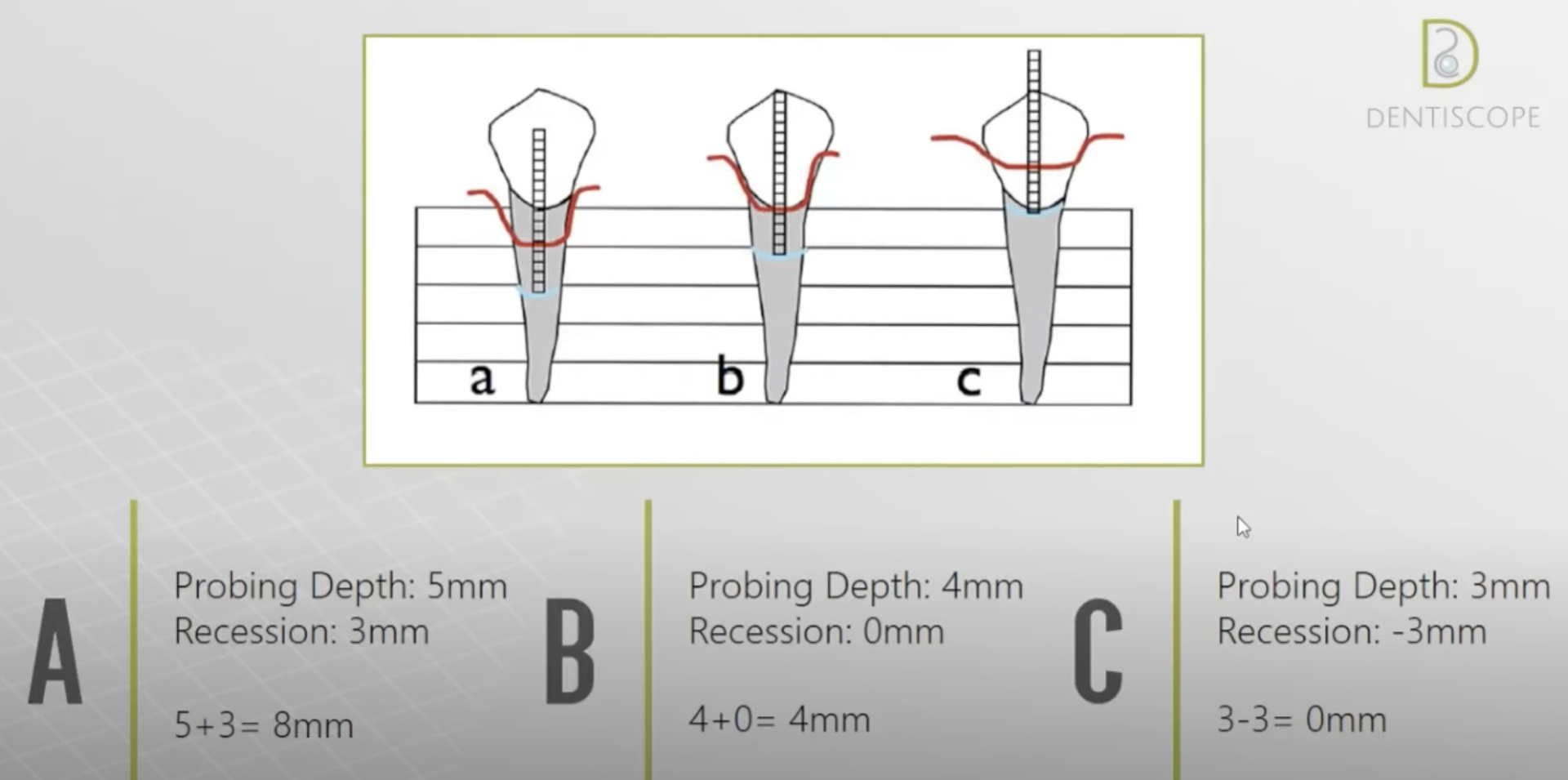
#Pathology4-An 18-month-old child presented with vesicles on the
buccal mucosa, fever and lymphadenopathy. Which of
the following is the primary management?◯ A. Antiviral
◯ B. Antibiotic
◯ C. Antifungal
◯ D.Antipyretic and analgesics
◯ B. Antibiotic
◯ C. Antifungal
◯ D.Antipyretic and analgesics
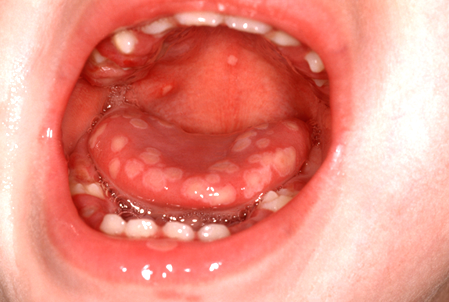
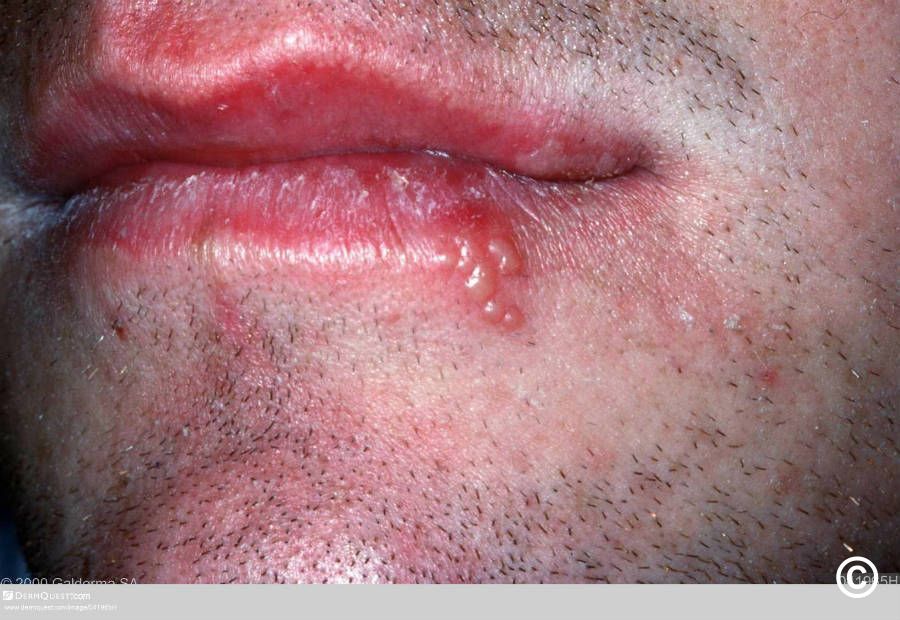
#Pharma
5-Asthmatic patients using corticosteroid inhalers may
develop candidiasis on the dorsal surface of the tongue
because of:
◯A systemic antibacterial action
◯ B.Local destruction of normal oral flora
◯ C. Prolonged local vasoconstriction
◯ D. Cross-reacting antigens in the tongue
◯ E. Local Immunosuppression
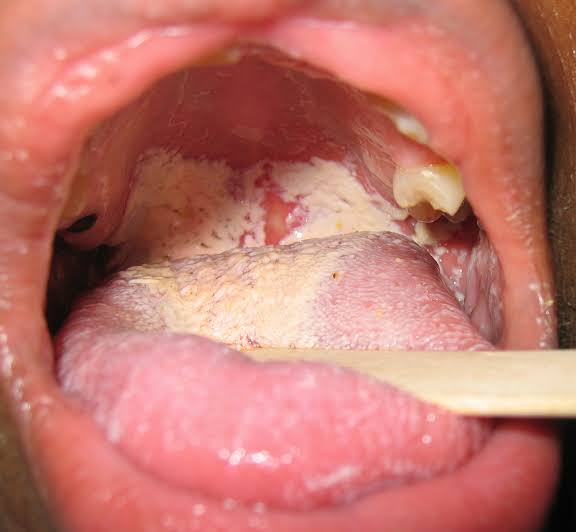
Join our AFK Weekly newsletter
Solving questions is really important, but solving exam grade questions with true and authenticated answers is critical.
Will post a question everyday, then at the week end will do a video to explain the correct answers and the concept of each questions, signup now to get weekly updates.
Will post a question everyday, then at the week end will do a video to explain the correct answers and the concept of each questions, signup now to get weekly updates.
Thank you!
